Raised beds were once my go-to solution for everything—from controlling soil quality to organizing my garden space. But over time, I started noticing issues: soil drying out too quickly, limited root depth, and more frequent maintenance than I expected. After a few seasons of frustration, I knew it was time for a change.
In this article, I’ll explain why I ultimately moved away from raised beds and what gardening method I’ve switched to instead. It’s more affordable, low-maintenance, and surprisingly better for the plants. If you’ve ever struggled to keep your raised beds productive, this might just be the alternative approach you didn’t know you needed.
Embracing Natural Soil
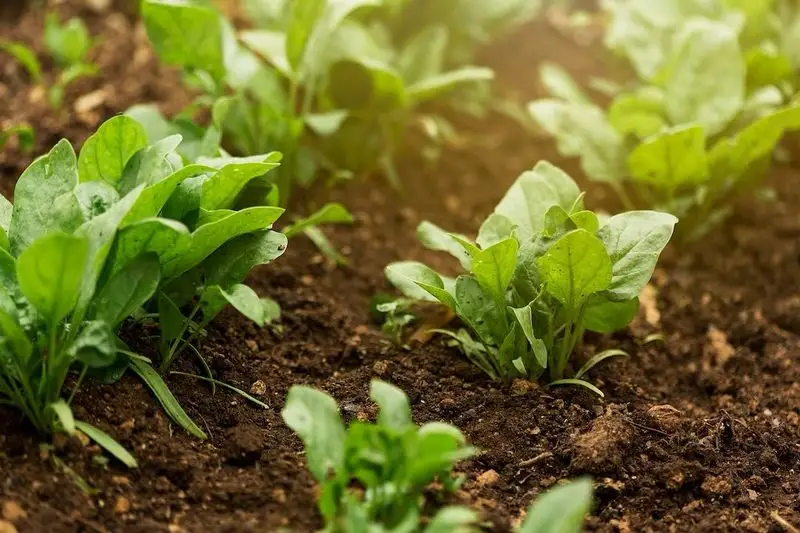
Experiencing the authentic texture and richness of natural soil has transformed my gardening approach. Raised beds, while neat, often lack the intricate microbial life found in the earth. This natural ecosystem supports healthier plant growth, resulting in more vibrant blooms.
By working directly with the ground, I also benefit from the natural drainage and nutrient cycling that occurs in soil. Raised beds, conversely, require constant management to maintain soil quality. Embracing the earth’s inherent qualities has not only made gardening more rewarding but also less labor-intensive.
Connecting with the soil offers a unique, tactile satisfaction that’s hard to quantify.
Utilizing Hugelkultur
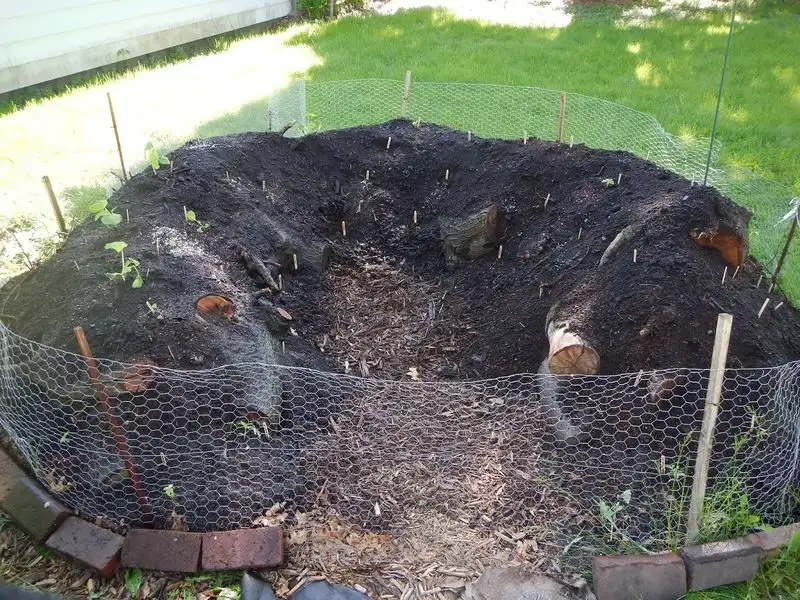
Hugelkultur, a centuries-old technique, has redefined my gardening space. By layering logs, branches, and organic matter, I’ve created mounds that mimic forest floors. These mounds maintain moisture and break down slowly, providing nutrients.
Raised beds often become waterlogged or dry out quickly, demanding constant attention. Hugelkultur, on the other hand, thrives with minimal watering, making it perfect for eco-conscious gardeners.
The gradual decomposition process enriches the soil over time, reducing the need for fertilizers. This method not only fosters plant health but also contributes to a more sustainable gardening practice.
Planting in Community
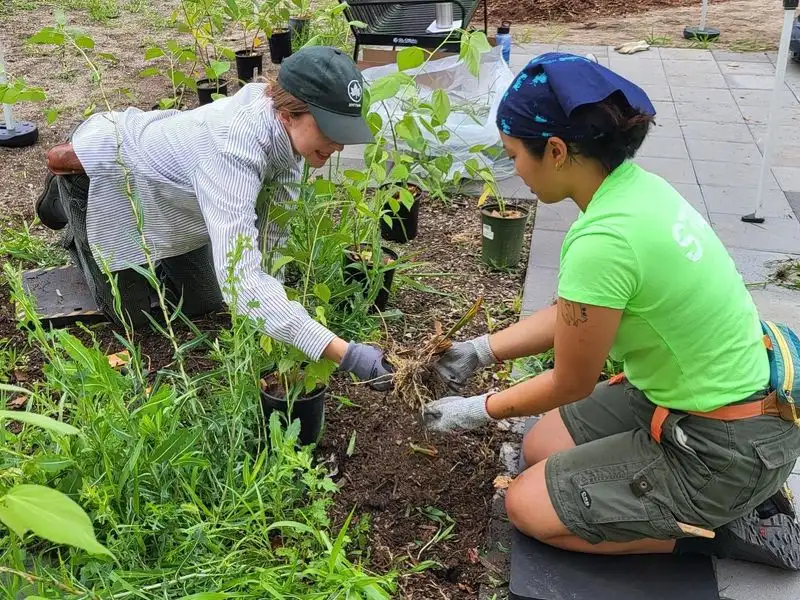
Gardening has become a shared experience through community plots, moving beyond the isolation of raised beds. Collaborating with fellow enthusiasts has enhanced my knowledge and skills, offering fresh perspectives and techniques.
Community gardens foster a sense of connection, where resources like tools and compost are shared, reducing individual costs. Raised beds, while personal, lack this collaborative spirit.
This collective approach to gardening not only yields bountiful harvests but also cultivates friendships, turning gardening into a social event rather than a solitary task.
Exploring Permaculture
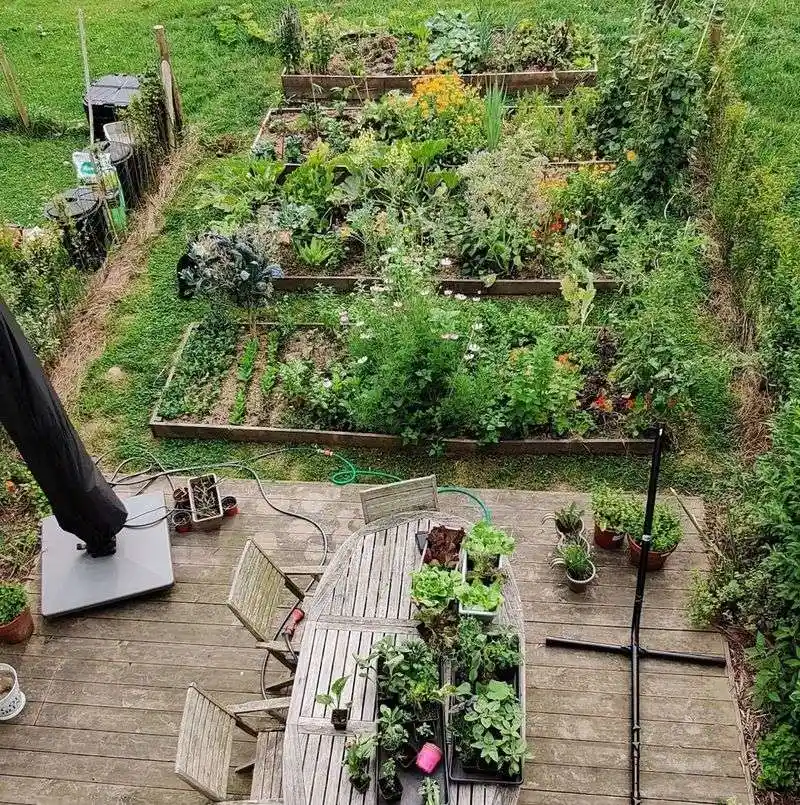
Permaculture has revolutionized how I approach gardening, emphasizing harmony with nature. This method involves designing garden systems that are sustainable and self-sufficient.
Unlike raised beds, permaculture gardens require careful planning and integration of elements like water catchments and plant guilds. While the initial setup is complex, the resulting ecosystem thrives with less intervention.
By focusing on long-term sustainability, permaculture gardens can outlast and outperform traditional raised beds, offering a more holistic and rewarding gardening experience.
Adopting No-Till Practices
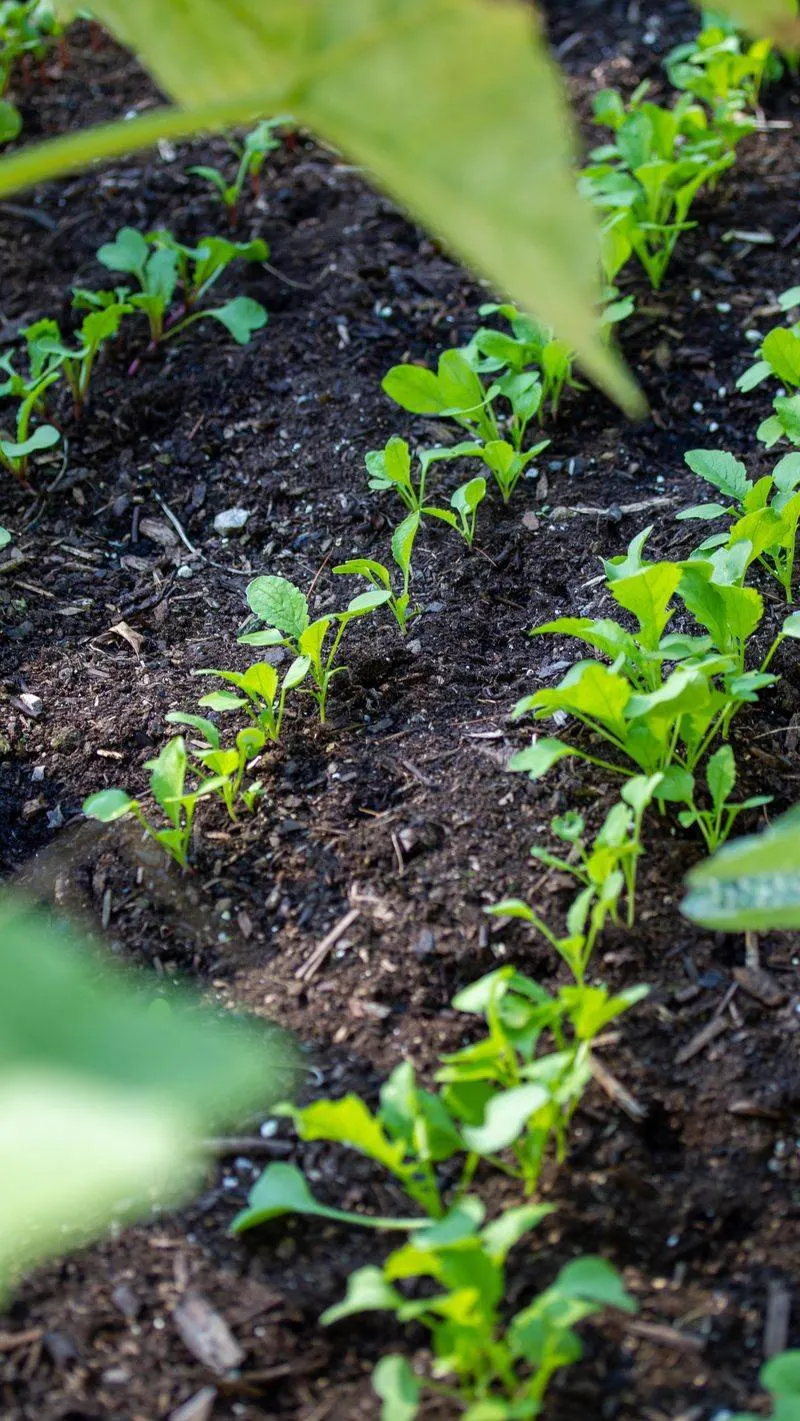
No-till gardening has radically altered my approach to soil health. This technique preserves the natural soil structure and minimizes disruption to beneficial organisms.
Raised beds often require regular tilling, which can harm soil life. In contrast, no-till practices maintain a thriving ecosystem below the surface, enhancing plant resilience.
By layering organic matter on top of the soil, I’ve reduced erosion and improved water retention, creating optimal growing conditions. This method not only respects the soil’s integrity but also promotes a more sustainable gardening practice.
Engaging in Forest Gardening
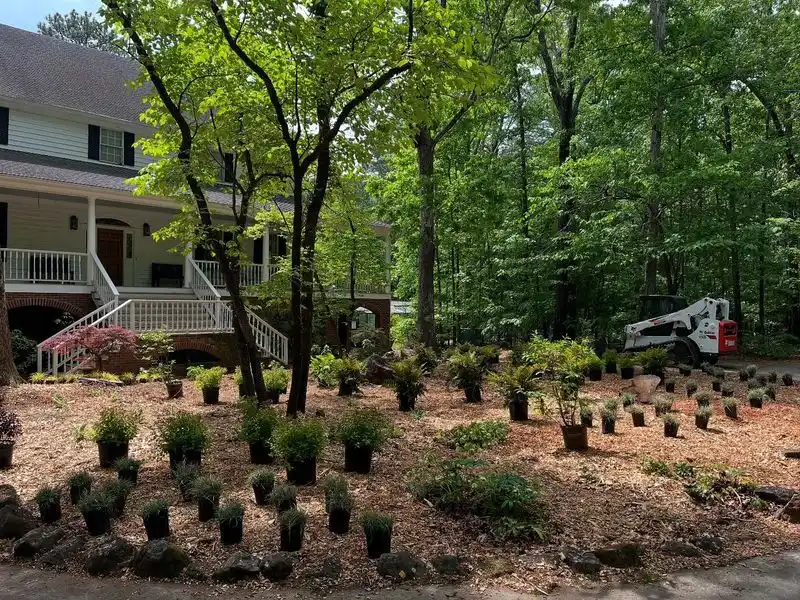
Forest gardening has opened up a world of possibilities by mimicking natural woodland ecosystems. This method involves planting in layers, from tall trees to ground covers, creating a self-sustaining environment.
Raised beds, by contrast, often limit plant diversity and mimic unnatural growing conditions. Forest gardens encourage biodiversity, which naturally controls pests and diseases.
This approach requires patience and observation but results in a resilient and productive garden. By working with nature, I’ve discovered a way to cultivate food and beauty harmoniously.
Practicing Crop Rotation
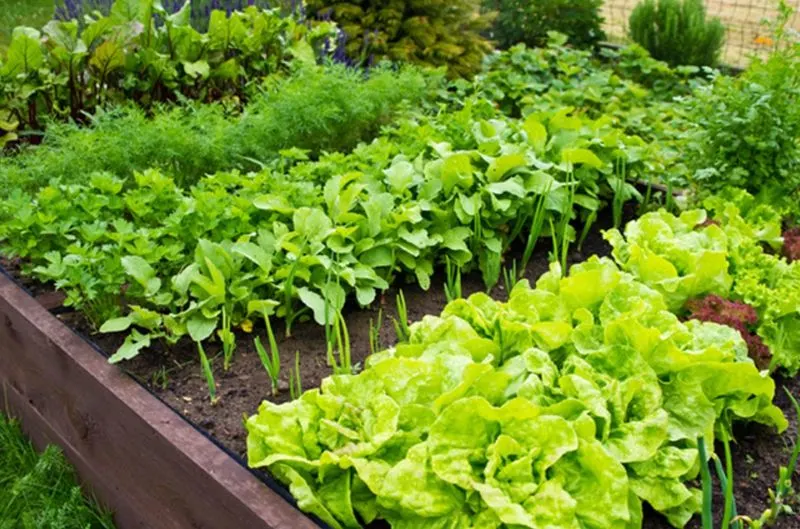
Crop rotation has become an essential part of my gardening strategy, offering benefits that raised beds couldn’t match. By rotating crops, I prevent soil depletion and manage pests organically.
Raised beds often lead to monocultures, increasing the risk of disease and pest issues. Crop rotation interrupts pest cycles and enhances soil fertility, leading to healthier plants.
Planning rotations has added a strategic element to gardening, keeping the experience engaging and dynamic. This method not only supports plant health but also contributes to a more balanced and resilient ecosystem.

